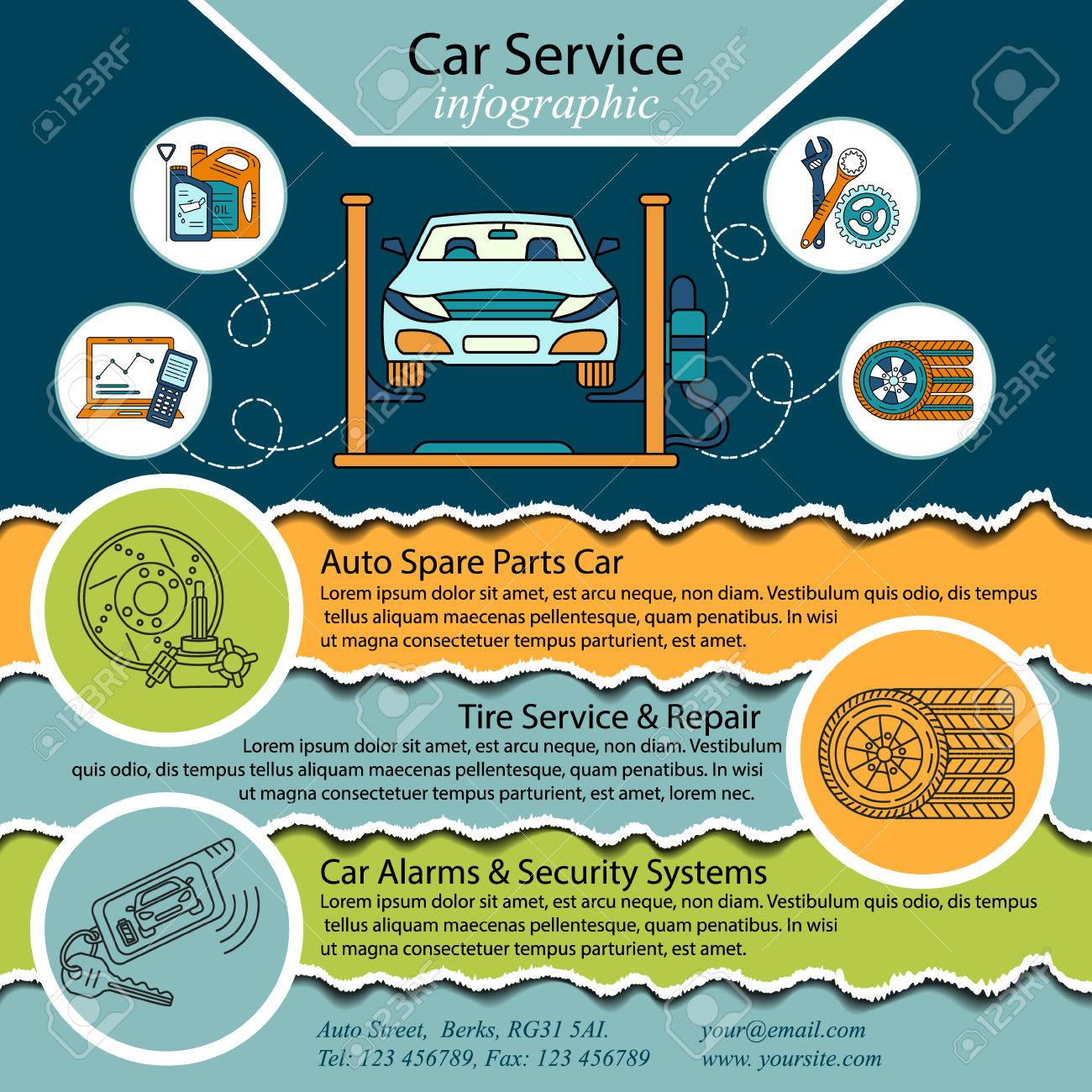Understanding Your Automobile'S Caution Lights: What Do They Truly Mean?
Understanding Your Automobile'S Caution Lights: What Do They Truly Mean?
Blog Article
Web Content Create By-Kessler Bishop
When you're behind the wheel, those beautiful caution lights on your control panel can be a bit difficult. Do you recognize what they're trying to inform you regarding your auto's wellness? Recognizing the significance of these lights is crucial for your safety and the durability of your car. So, the next time among those lights turns up, wouldn't you wish to decode its message properly and take the essential actions to resolve it?
Common Caution Lights and Interpretations
Identify typical caution lights in your vehicle and comprehend their definitions to guarantee safe driving.
One of the most regular caution lights include the check engine light, which signals concerns with the engine or discharges system. If this light begins, it's vital to have your lorry checked promptly.
The oil pressure cautioning light indicates reduced oil stress, needing immediate attention to prevent engine damage.
A blinking battery light could recommend a faulty charging system, potentially leaving you stranded otherwise resolved.
The tire pressure monitoring system (TPMS) light signals you to reduced tire stress, affecting automobile stability and fuel effectiveness. Ignoring this might lead to unsafe driving problems.
The abdominal muscle light suggests a problem with the anti-lock braking system, jeopardizing your capacity to quit promptly in emergency situations.
Last but not least, the coolant temperature level alerting light warns of engine getting too hot, which can result in serious damage if not fixed promptly.
Recognizing these typical caution lights will certainly assist you deal with concerns without delay and maintain secure driving conditions.
Value of Prompt Focus
Recognizing the common warning lights in your car is only the primary step; the relevance of quickly addressing these cautions can't be highlighted enough to ensure your safety on the road.
When a warning light brightens on your control panel, it's your auto's means of communicating a prospective issue that needs attention. Ignoring these cautions can lead to much more extreme issues later on, jeopardizing your security and potentially costing you much more out of commission.
Motivate interest to cautioning lights can avoid failures and mishaps. As https://brake-pads05172.bloginder.com/28269814/under-the-hood-a-day-in-the-world-of-an-automotive-repairer , a blinking check engine light can suggest a misfire that, if left unattended, could create damages to the catalytic converter. Resolving this without delay can conserve you from a costly fixing.
Similarly, a brake system warning light could indicate low brake liquid or used brake pads, critical components for your safety and security when driving.
DIY Troubleshooting Tips
If you discover a warning light on your dashboard, there are a couple of DIY troubleshooting tips you can try before looking for specialist assistance.
The primary step is to consult your automobile's handbook to comprehend what the specific warning light shows. In Highly recommended Web-site can be as basic as a loosened gas cap causing the check engine light. Tightening up the gas cap might settle the issue.
An additional usual problem is a reduced battery, which can trigger different cautioning lights. Checking the battery connections for deterioration and ensuring they're secure could repair the issue.
If a warning light lingers, you can attempt resetting it by disconnecting the auto's battery for a couple of mins and then reconnecting it. Furthermore, examining your vehicle's liquid degrees, such as oil, coolant, and brake liquid, can assist troubleshoot cautioning lights connected to these systems.
Verdict
Finally, comprehending your automobile's warning lights is necessary for maintaining your vehicle running smoothly and safely. By immediately attending to these alerts and recognizing what they imply, you can prevent costly fixings and potential failures.
Remember to consult your automobile's guidebook for certain information on each alerting light and do something about it appropriately to ensure a hassle-free driving experience.
Stay notified, remain risk-free on the road!
